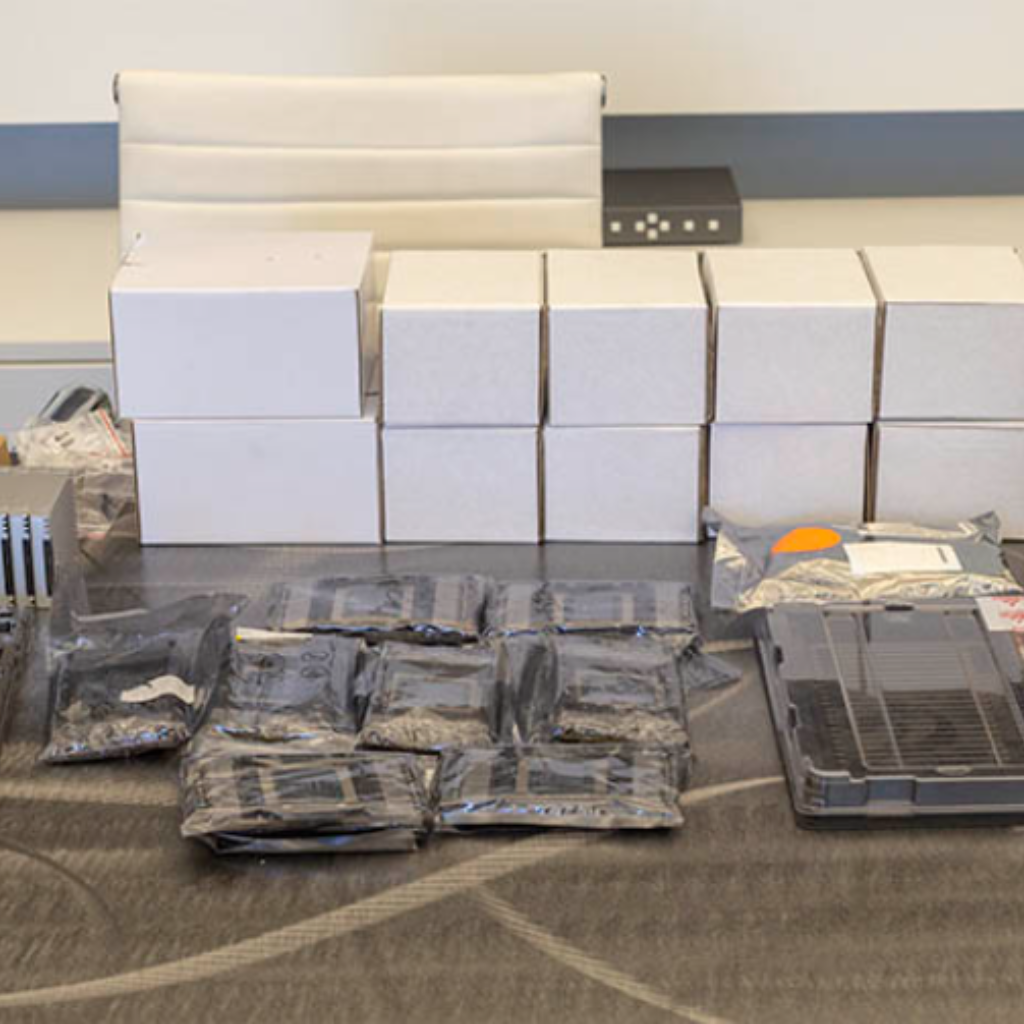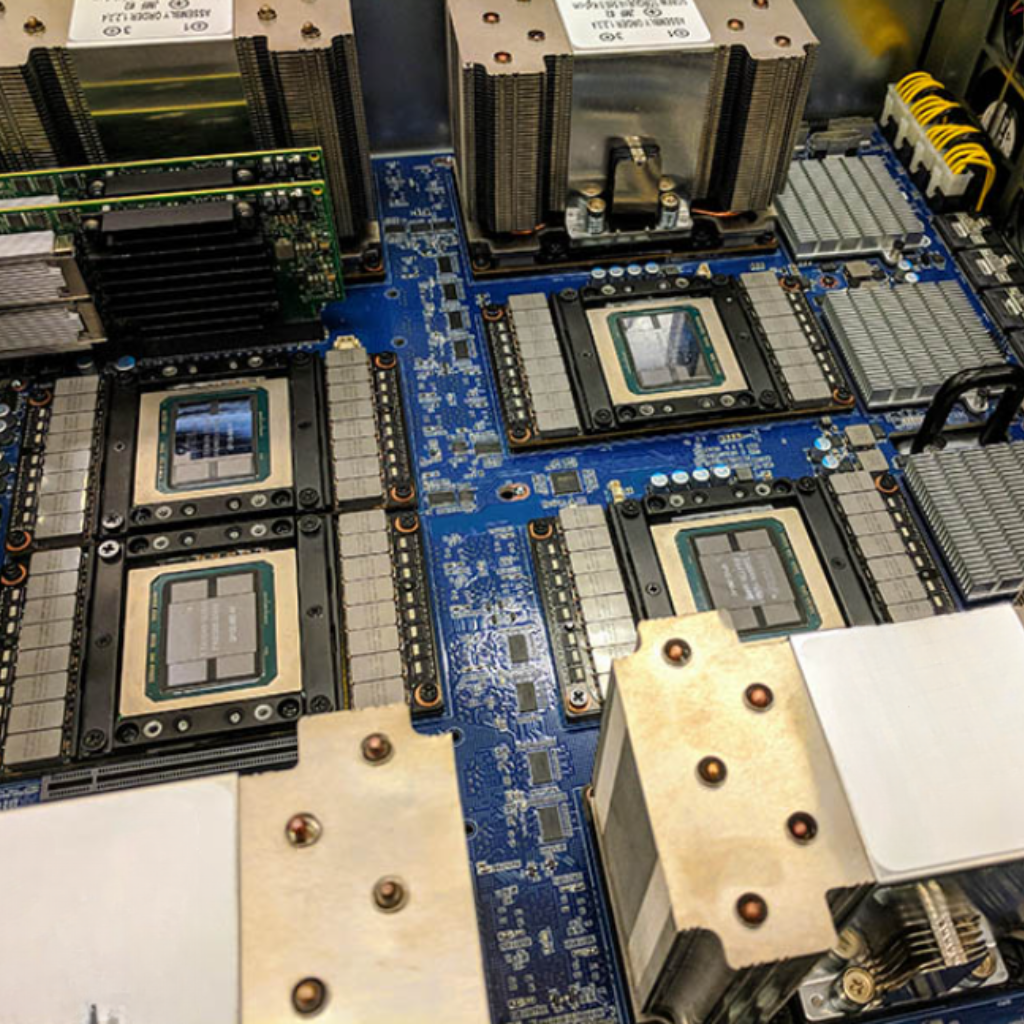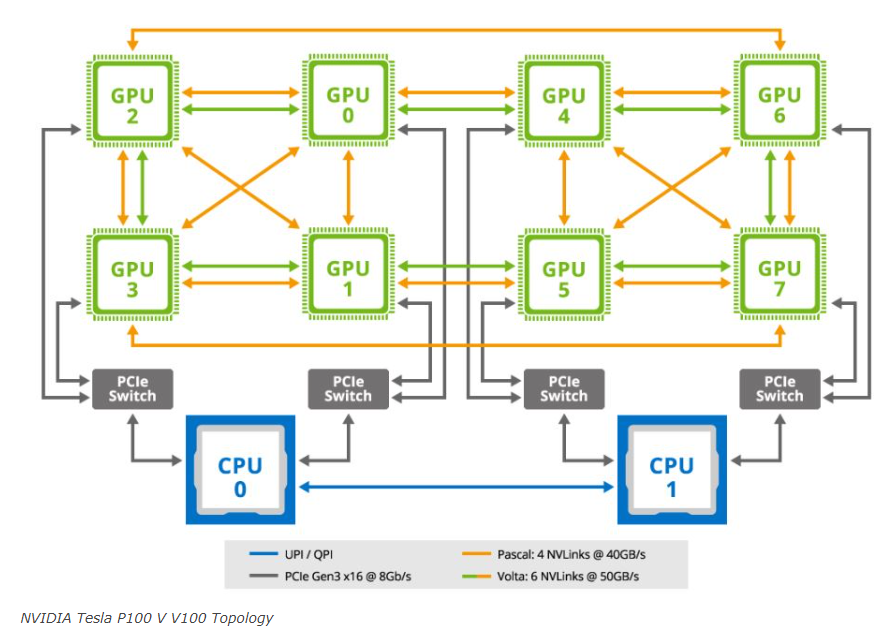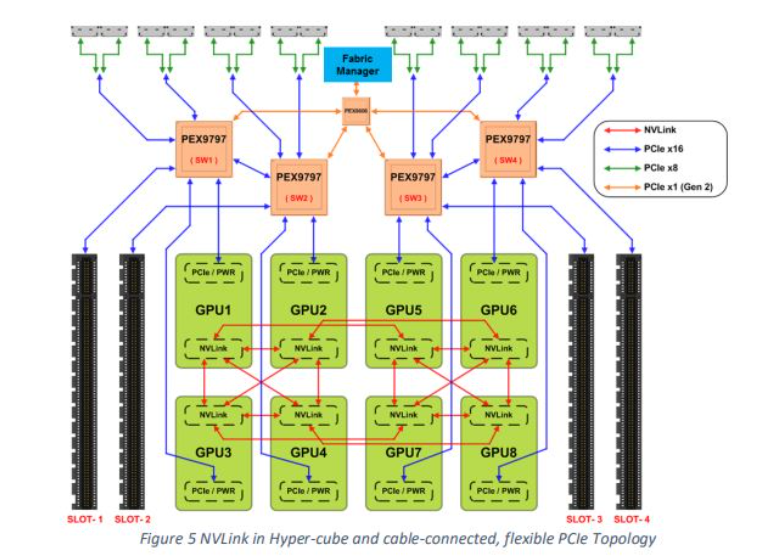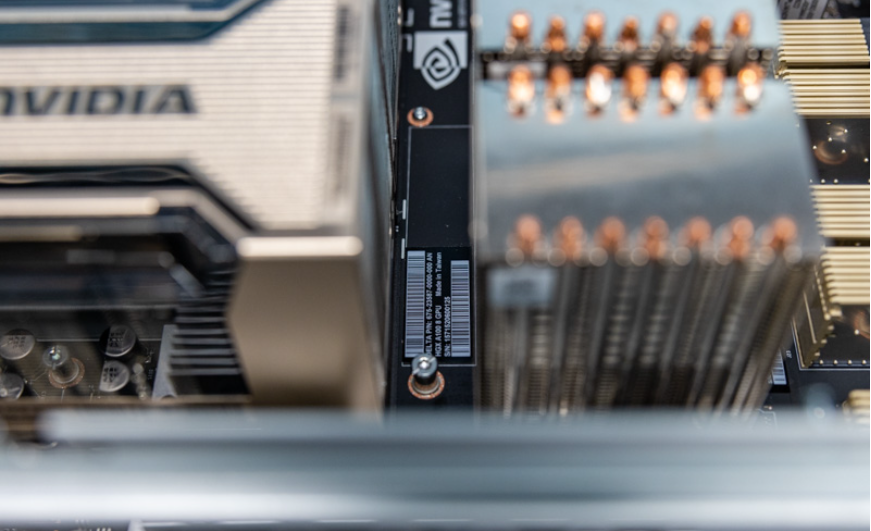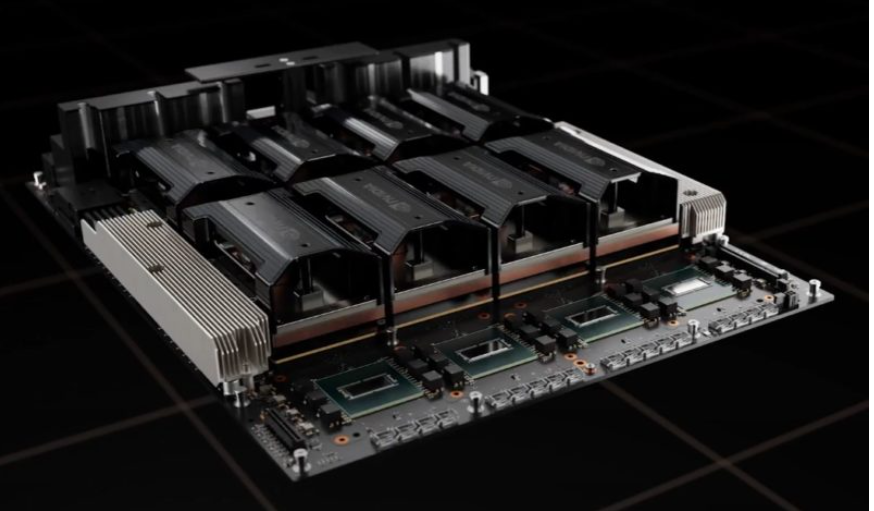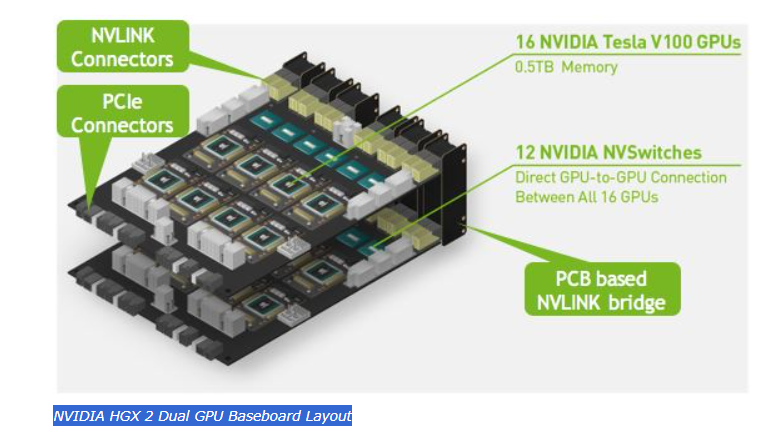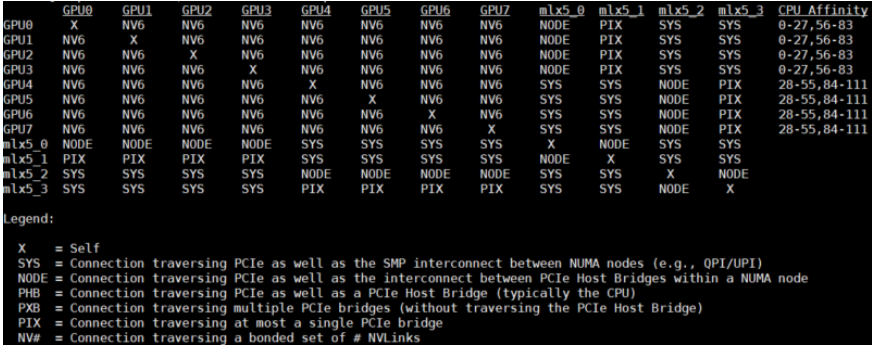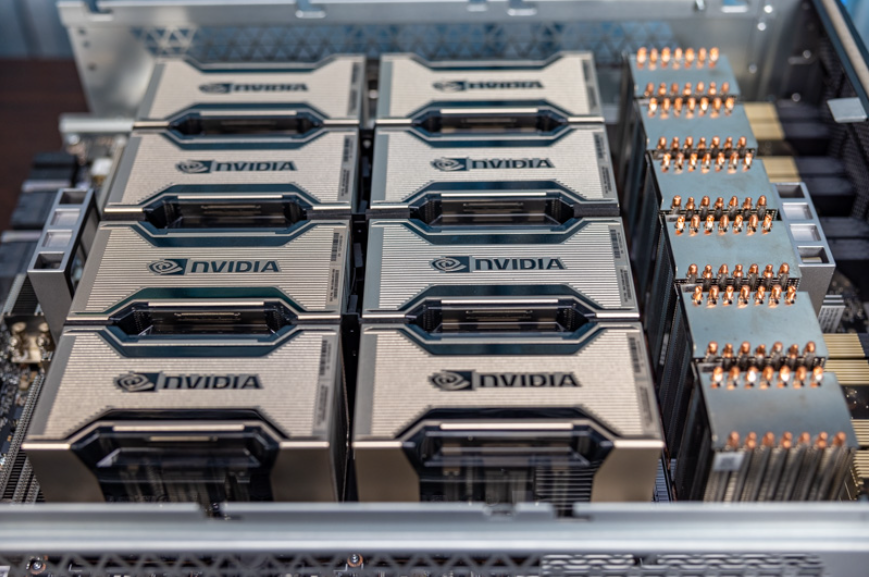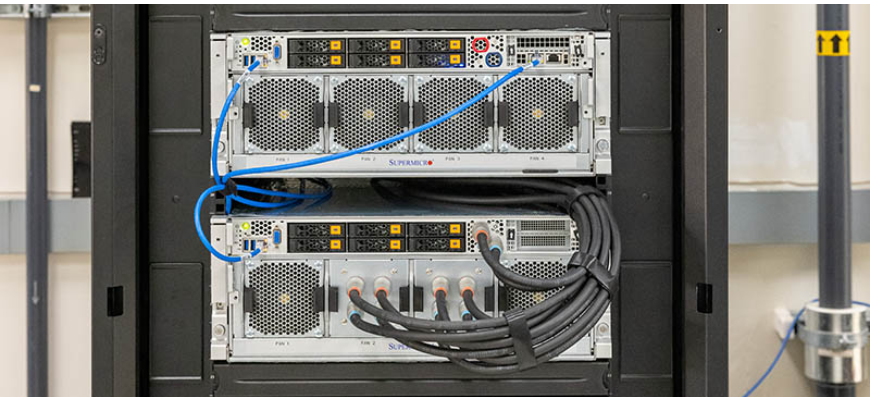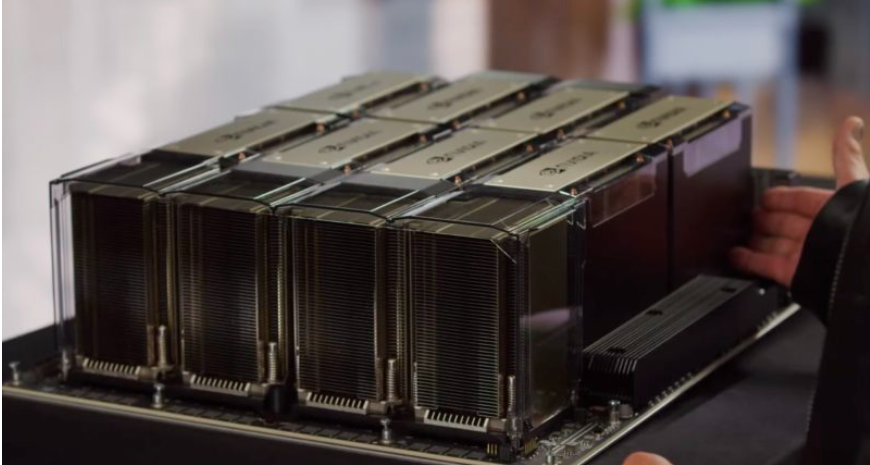In a historic move, Samsung faces its first large-scale strike, driven by demands for better pay and working conditions amidst a recovering global semiconductor market.
- 8500 N. MoPac Exwy., Suite 812, Austin, Texas 78759
- 1-877-446-5697 +971 58 544 4514
- 3737 Boul Crémazie E, Montréal, QC H1Z 2K4
- 1-877-446-5697 +971 58 544 4514
- Building 11B, #06, Happiness Street, Al-Wasl, Citywalk, Dubai, UAE
- 1-877-446-5697 +971 58 544 4514
- 600 Sin Ming Ave, CityCab Building Level 2, Singapore 575733
- 1-877-446-5697 +971 58 544 4514




